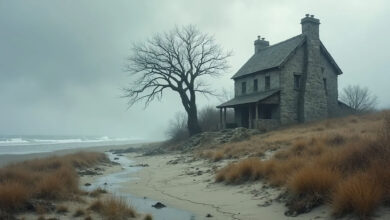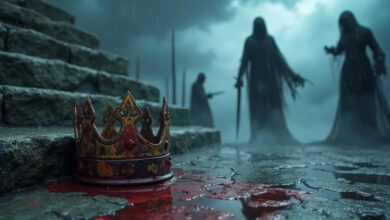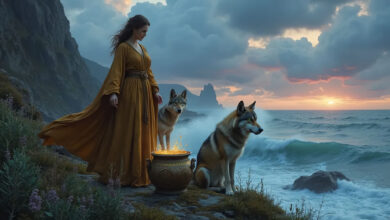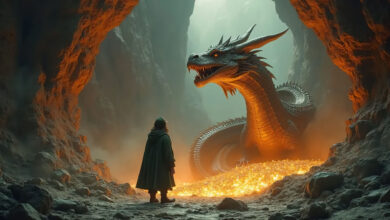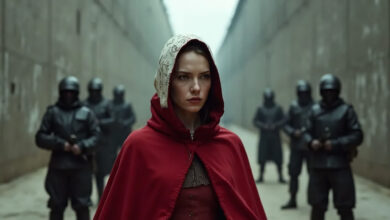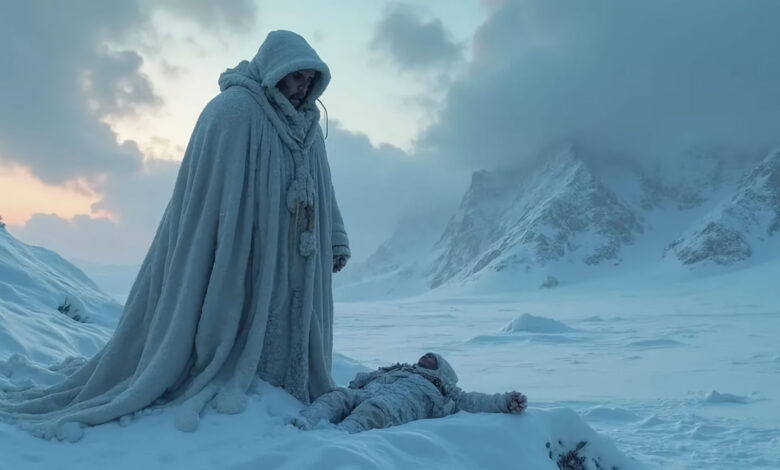
Author: Mary Shelley
Published: 1818
Genre: Gothic Novel / Science Fiction / Romanticism
Setting: 18th-century Europe, including Switzerland, Germany, the Arctic
⭐ Why It Matters
Written when Mary Shelley was just 18, Frankenstein is often called the first true science fiction novel. But it’s also a Gothic tragedy — a tale of hubris, creation, alienation, and revenge. More than just a monster story, it explores what it means to be human… and how society creates its own monsters.
It’s widely taught on the AQA, OCR, and Edexcel syllabuses in the UK.
👥 Main Characters
- Victor Frankenstein – A brilliant but obsessive scientist who creates life, then rejects it.
- The Creature (often wrongly called “Frankenstein”) – Victor’s unnamed creation. Intelligent, sensitive, and ultimately violent after repeated rejection.
- Elizabeth Lavenza – Victor’s adopted cousin and fiancée.
- Henry Clerval – Victor’s best friend and moral contrast.
- Alphonse Frankenstein – Victor’s father, supportive but blind to his son’s inner torment.
- Captain Walton – An explorer whose letters frame the novel, and who meets Victor at the end of his life.
📚 Plot Summary
🔹 Framed by Letters
The novel begins with Captain Walton’s letters to his sister. He’s leading a dangerous Arctic expedition when he encounters a weakened Victor Frankenstein, who begins telling him his tragic life story.
🔹 The Spark of Life
Victor, obsessed with science, studies at university and becomes fascinated with reanimating dead tissue. He secretly creates a living being out of corpses — but is horrified by its appearance and abandons it immediately.
🔹 The Creature’s Awakening
Left to fend for himself, the Creature experiences the world in isolation, learning speech, morality, and emotion by observing a rural family in secret.
He tries to approach them — but is violently rejected. Realising he will never be accepted, he turns bitter.
He confronts Victor and demands a companion, saying he has become a monster because he was treated like one.
🔹 Creation & Destruction
Victor agrees to build a second creature — then destroys it, fearing they’ll reproduce.
The Creature kills Victor’s friend Henry, and murders Elizabeth on their wedding night.
🔹 Pursuit & Regret
Grief-stricken, Victor pursues the Creature across Europe to the Arctic, determined to destroy him. But he collapses from exhaustion and is rescued by Walton’s ship.
Victor dies, warning Walton not to follow his path of obsession.
The Creature appears over Victor’s body, mourns his creator, and vows to end his own life. He disappears into the icy wilderness.
🧠 Themes & Takeaways
- Creation & Responsibility – Victor plays God, but refuses to care for his creation, showing that the true “monster” may be the one who abandons, not the one created.
- Isolation & Loneliness – Both Victor and the Creature suffer from alienation, which leads to madness and violence.
- Science & Ethics – The novel questions the moral boundaries of scientific discovery.
- Appearance vs Reality – The Creature is physically horrifying, but begins as emotionally and morally innocent.
- Nature & the Sublime – The natural world is a refuge and a mirror for emotional states.
- Parenting & Rejection – The Creature’s rage is rooted in Victor’s failure as a father figure.

